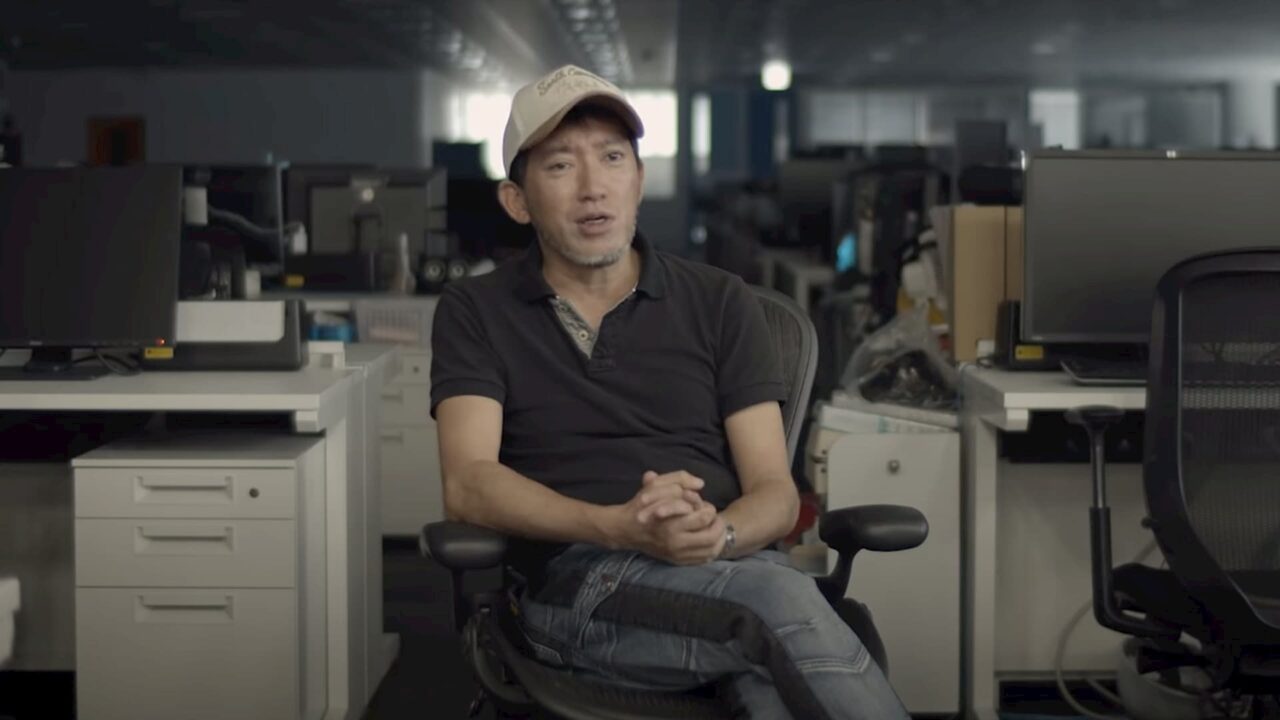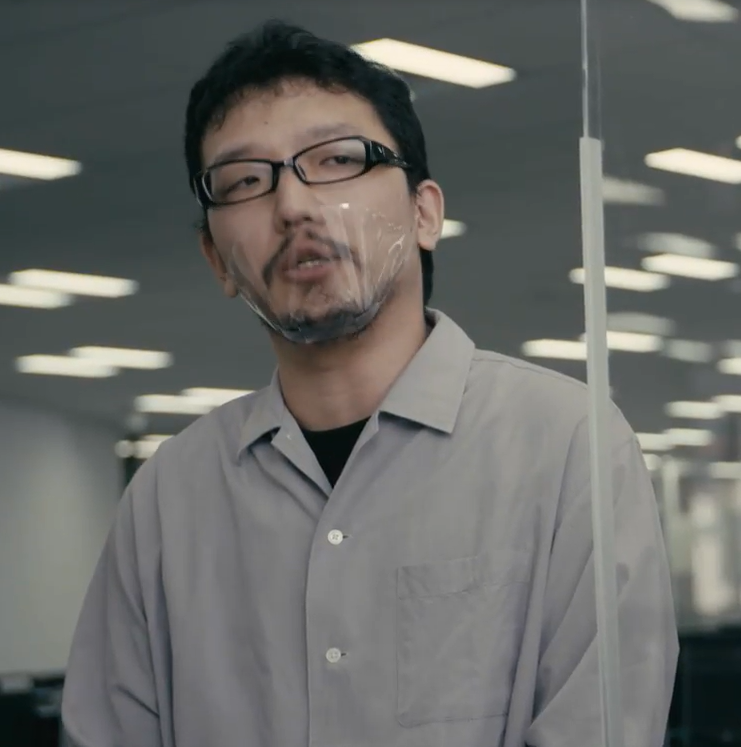Q&A with Kenji Kimura and Shinji Mikami from Tango Gameworks

With the release of Ghostwire Tokyo, I was allowed to have a very brief Q&A with the game director Kenji Kimura best known for Soul Caliber IV character and weapon design and character design for Tekken 4 & 5. I also couldn’t help myself but ask a question to the games executive producer and studio director and the person behind some of my favorite survival horror games Shinji Mikami, most known for his work on Resident Evil 1 through to Code Veronica and the Dino Crisis series.
Justin: After The Evil Within 2, did Tango already know they would be moving on to Ghostwire: Tokyo? Were there talks about Ghostwire behind the scenes? And do you think we will see Sebastian again?
Kenji Kimura: The Ghostwire: Tokyo project started with a very small number of people while Tango was working on The Evil Within 2. We hope gamers can have fun looking for an easter egg we put in Ghostwire as an homage to the Evil Within franchise.
Justin: When designing and writing Ghostwire: Tokyo, was it a conscious choice to put so much humor into the game? Was there any pushback, or was everyone supportive of the humor and the crazy situations that Akito comes across?

Kenji Kimura: Yes, putting in humor was a conscious choice. The game was not to be a full-on horror title; it was to be more of a fun and seriously enjoyable trip through a paranormal Tokyo. We did have discussions within the team often to balance the amount of spookiness and humor as we didn’t want the game to become too scary or too comedic.
Justin: We don’t see a lot of Yokai in video games unless we are talking about the Yokai-Watch series. Which Yokai were important to put into Ghostwire?
Kenji Kimura: In Japan, Yokai are used in various forms of entertainment, like books, manga, anime, and movies. And so when we started implementing Yokai, we started with the most popular ones. For example, the Kappa was definitely one that we wanted to put into the game. There’s a famous novel from Akutaga Ryunosuke titled “Kappa,” which was about a child that saw a Kappa and chased after it, who was then taken to another world. That was definitely one inspiration for implementing the kappa.
Justin: Was Ghostwire: Tokyo always conceived as an open-world game? It has some serious horror adjacent themes that work incredibly well. What were your inspirations for Ghostwire as a whole?
Kenji Kimura: When we started developing Ghostwire – it was neither linear nor open world. It was, and the final product is, a sandbox style map of the city of Tokyo. We wanted to make a unique version of Tokyo that players can walk around, explore and enjoy paranormal events. Our inspiration for Ghostwire as a whole was the city of Tokyo and urban legends. The urban legends we had in mind weren’t about creatures jumping out to attack you, they were more about noticing something in the dark that is mysterious, and you go up to it to find out that something is “off” and spooky. We wanted to recreate that spooky feeling.

Justin: Shinji Mikami-San, What has it been like to go from Resident Evil, Dino Crisis, and The Evil Within to Ghostwire: Tokyo and seeing Tango Gameworks grow so much since The Evil Within?
Shinji Mikami: It’s exciting to see new IP’s get born and grow. And it’s been an honor to have worked with such a variety of talented creators on those projects. Looking forward, I’d like to create titles that are even more fun and even more interesting.
Justin: Kenji Kimura-San, What has it been like to go from working on titles like Metal Gear Solid and Tekken to directing Ghostwire: Tokyo?
Kenji Kimura: It’s been quite an experience. They are very different types of games, and I am grateful to have been able to work on them. Working on Ghostwire: Tokyo has taught me to think deeper with the way I approach things – I feel I’ve learned to think deeper and more thoroughly about the player’s experience.
With the game released, I was only given a short few questions. Still, it was a joy to have the opportunity of the Q&A, and it’s exciting to know that both Kenji Kimura and Shinji Mikami are looking forward to future titles from Tango Gameworks. Also, I need to find that easter egg because I have enjoyed The Evil Within series and hope we get to see Sebastian in the future.
Answers were provided by: Kenji Kimura, Game Director of Ghostwire: Tokyo, and Shinji Mikami, Executive Producer and Studio Director of Tango Gameworks
For more horror-related gaming stuff be sure to check out Rosy’s time with Don’t Starve Together and other great articles at DreadXP!
Categorized:Interviews

